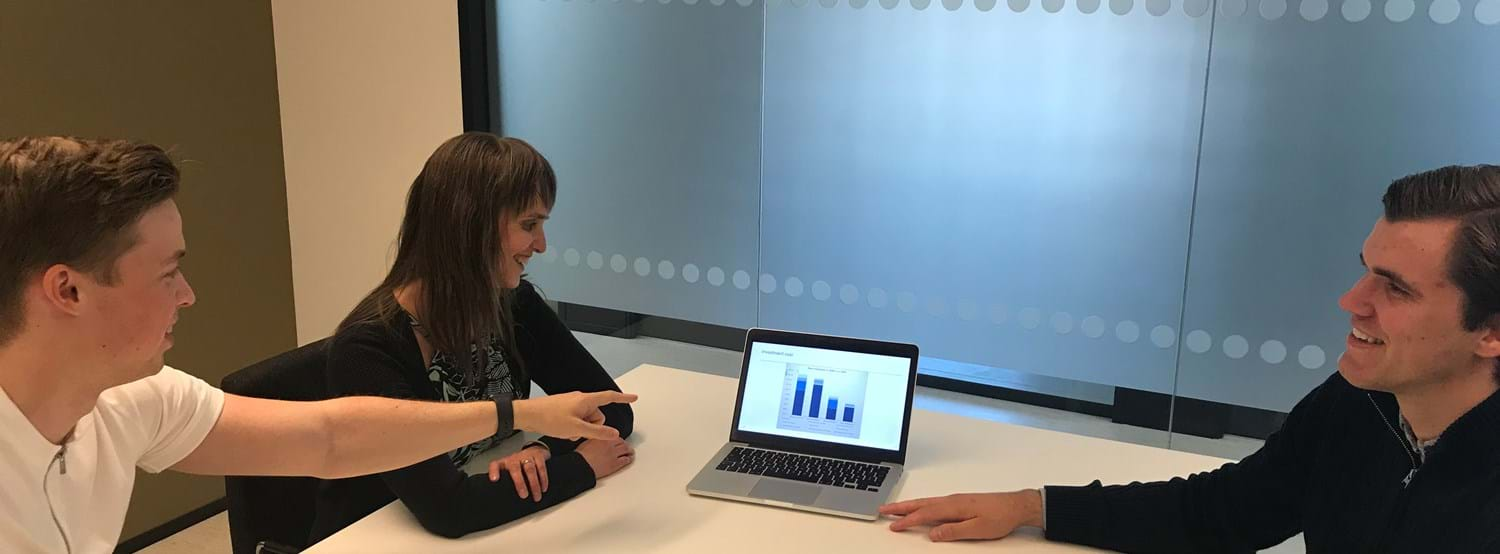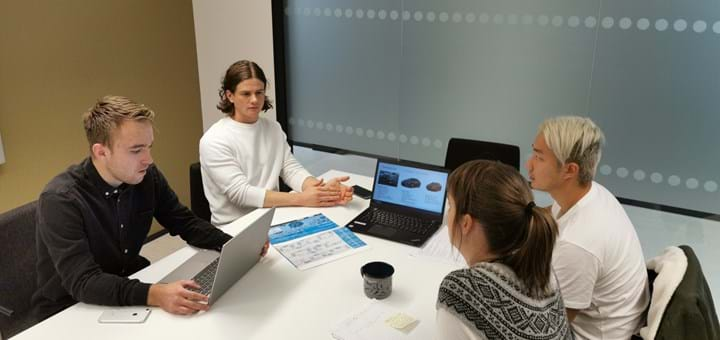Successful Industry-University Collaboration

Students from Bergen have been working with the ocean industries on Bachelor projects within electrification, reduction of emissions and floating solar to green hydrogen.
This article was first published 15 June 2020.
This spring, students at the Western Norway University of Applied Sciences in Bergen delivered a number of bachelor projects within the ocean industries.
Three of them were:
- Electrification of platforms using a floating wind farm and hydrogen
- Reduction in emissions for Kystruten - a hydrogen feasibility study
- Floating solar to green hydrogen
The students were all satisfied with the bachelor process that enabled them to work with actual projects in close collaboration with the industry.
Norwegian Universities and University Colleges see a potential in increased contact with industry players, adding substantiality to lectures and lab exercises.
– From Western Norway University of Applied Sciences’ perspective we need close industrial contact in two important matters, says Geir Anton Johansen, Dean at Faculty of Engineering and Science. – First, we need input from the industry to establish classes and lectures that respond to the industrial needs. Second, close collaboration gives the possibility for our students to work with actual challenges during their bachelor and master thesis. We encourage industry players to contact us with suggestions to topics where our students can contribute to the solution, Johansen concludes.
Floating Wind and Hydrogen
Two of the students focused on floating wind and production of hydrogen in their bachelor thesis. This wind-hydrogen combination gets increased international focus. The industrial partner was Aker Solutions which is heavily involved in offshore wind.
In this case, the students looked at electrification of offshore platforms at the Troll field in the North Sea. Systems were analysed and configured to replace a typical 40 MW load with green energy. Subsea storage of energy was a focus topic. The best solution it came out was storing the energy as ammonia.
– Working with students on projects like this is very valuable to us. We get to know talented students like Adrian and Hallvard, and we build good relationships with the academic institutions. Collaborating with the research community has always been important to us and is important in order to fulfil our long-term strategy, says Jim Stian Olsen, Innovation Program Manager at Aker Solutions.
Different Collaboration Options
Students are performing projects, bachelor and master deliveries. In addition some also do ordinary or industrial PhDs. All are huge assets for the industry.
A bachelor is normally done by 2-3 students in a group, every student offering 5 months focused work effort on the bachelor topic. A master’s thesis usually has a duration of six months to a year.
Both these options are free of cost for the industry players. Industrial PhDs are done as employee at an industry partner for 3-4 years. It is possible to get 50% funding for the industrial PhDs.
GCE Ocean Technology contributes to bringing the different players together for increased learning and added value creation.
If your company is interested in collaborating with students please contact us.
Contact Information


Competence
The industry experiences a big potential in getting external resources to focus on or solve relevant projects or challenges.
As a cluster, GCE Ocean Technology contributes to bringing the different players together for increased learning and added value creation.

